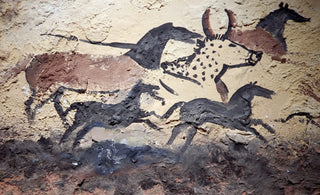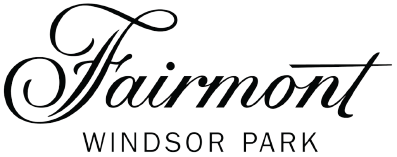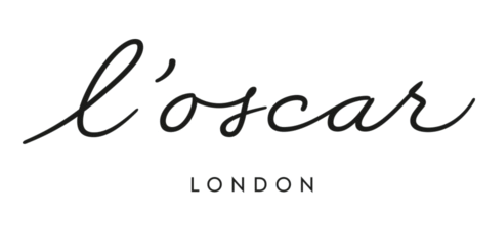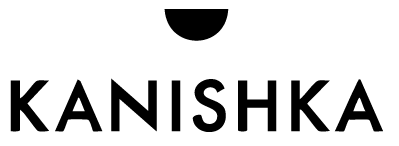
Art and visual culture is a form of self-expression, something that has been present throughout the history of human life. You may be wondering when art was first conceived or what the first art period can be defined as. This is what we are going to explore in this blog post when we study the history of art.
Read on to learn more about the origins of art, visual art such as fine arts, applied arts, paintings, sculptures, and many more, including a brief history of the world of art. We’ll be exploring the key art periods in history, from prehistoric art all the way to the contemporary art world, so you can develop critical knowledge before investing in it yourself.
<40,000 BC: The Early Origins of Art
The world of art essentially began when humans first started to express themselves, long before people started keeping records. Artefacts have been traced back to the Old Stone Age/ Palaeolithic era, when early humans began using stone tools.
Likewise, early humans would create stone arrangements, pictorial imagery, as well as engravings. These pieces of art involved the use of stone carvings and natural pigments and represented life at the time—for example, cave paintings that depicted animals local to the area.
<800 BC: Ancient Art
Ancient art has been found around the globe, created by many diverse cultures. Because these civilisations were secluded geographically, each culture’s artwork is unique. When we refer to the subject matter of ancient artwork, we mean art that was created prior to 800 BC—the rise of Greece.
Celtic, African, Mesopotamian, Asian, and Egyptian cultures are all included in the ancient art period. The medium of ancient artwork varies depending on the civilisation - but the purpose generally was to tell stories and exhibit life at the time. Many forms of ancient art depicted stories of gods, goddesses, and rulers/ leaders.
<1400: Medieval Art
Medieval art typically refers to art produced in the Middle Ages, also known as the Dark Ages. This period marked the fall of the Roman Empire in 486 A.D and typically reflects darkness and brutal scenes.
Likewise, art in the Middle Ages often depicted religious imagery; and included artwork centred around the church. The mediums of art around this time consisted of mosaics, architecture, tapestries, and, of course, paintings. There are several phases of Medieval art that have been placed in national galleries:
- 100-500: Early Christian
- 300-900: Migration
- 310-1350: Byzantine
- 600-900: Insular
- 1120-1400: Gothic
1400 - 1600: The Renaissance
The Renaissance marked the end of the Middle Ages; it was not just an artistic movement but a cultural, economic, and political period of rebirth. In terms of artwork, the Renaissance brought artwork that focused on individualism and nature. The movement peaked in Florence, Italy, when a wealthy family that supported humanism (the Medici family) spread its values, shaping the course of American art history.
Leading artists such as da Vinci, Raphael, and Michelangelo were all part of the Renaissance, spearheading the ideals of creativity and self-expression. There are several movements associated with the Renaissance:
1400 - 1490: The Early Renaissance
This period brought forward realistic and individualistic artwork; artists of this time were knowledgeable on a range of subjects, which is evident in their artwork. Artists such as Giotto, Fra Angelico, Botticelli, and Donatello are associated with the Early Renaissance.
1490 - 1527: The High Renaissance
During this time, artists not only focused on a range of subjects (for example, science) but accurately portrayed humans with expression, focusing on beauty and perfection. Some old masters of the time include Michelangelo, Raphael, and Leonardo da Vinci.
1530 - 1600s - The Late Renaissance
The Late Renaissance brought the Mannerism movement, a time when artists would accurately represent their emotions using their imagination and visual culture. For example, artists may have distorted their subjects or used unnatural or unrealistic colours and tones.
1600 - 1700: Baroque Art
Baroque art is a period of art that depicts important stories and events, often involving religion and royalty. This involved deep colours, movement, drama, symbolism, contrast, and, of course, exceptional detail.
Often associated with the Catholic Counter-Reformation, this art period challenged the popularity of Protestant art. Some famous Baroque artists included Vermeer, Watteau, Fragonard, and Van Dyck.
1750 - 1800: Neoclassicism
Neoclassicism was a movement that evoked stylistic antiquity across a wide range of art mediums such as sculpting, architecture, writing, and painting. Focusing on the past, neoclassical artists would attempt to recreate famous ancient art pieces.
Neoclassical artwork was heavily influenced by classical elements such as idealism while also including modern depictions, contributing to the higher education of art to this day.
1800 - 1850: Romanticism
Romanticism refers to an art and architecture period that depicted themes such as intuition, emotion, nature, and individualism.
Romantic artists such as Church and Cole portrayed dramatic reactions to Neo-Classical pieces of art, pulling attention away from the Industrial Revolution. Ultimately, art in this period was characterised by self-expression and interest in nature, as well as human psychology.
1850 - 1900: Realism
Realism is often considered to be the first modern art movement. The movement began in 1840s France and was a result of several events, including the rise of journalism, photography, and the anti-Romantic movement across Germany.
As the name suggests, the Realism art movement refers to artwork that accurately captures everyday life, featuring accurately depicted subjects.
French artist Gustave Courbet was a prominent artist in this movement, painting only subjects he could physically see.
>1900: Modern Art
The early Modern Art period, also known as Modernism, was based on the idea of idealism and progress, ultimately attempting to explain reality as they knew it.
This included a range of diverse movements, all of which shared similar characteristics. The movements and notable artists who work independently included:
- Impressionism - Claude Monet, Edgar Degas, Mary Cassat
- Abstract Impressionism - Georges Seurat, Vincent Van Gogh, Paul Cezanne
- Symbolism - Edvard Munch, Paul Gauguin
- Art Nouveau - Tiffany Studios, Gustav Klimt
- Expressionism - Wassily Kandinsky
- Fauvism - Andre Derain, Henri Matisse
- Cubism - Pablo Picasso
- Surrealism - Salvador Dali
- Abstract Expressionism - Morris Louis, Jackson Pollock
>1950: Contemporary Art
Sedentarismo. La falta de actividad física puede provocar un estancamiento en el sistema sexual del hombre, debido a que el flujo de sangre al pene se ralentiza y la erección se vuelve corta y débil. En este caso se recomienda hacer deporte y ejercicio, correr por Adquirir Sildenafilo sin receta las mañanas y fisioterapia.
Contemporary art is essentially present day art that is ongoing in museums and galleries; the period is still being revealed to this day. Artists from this period are still being categorised, although some movements have been set as contemporary art. For example, the Postmodern movement is a reaction to progress, clarity, and simplicity.
Postmodernism refers to artwork from the 1960s to the current time that is characterised by cynicism and rejection of what is considered ‘the truth’ and objective reality as we know it.
This typically includes themes of rebellion and embraces contradiction. Pop Art can be considered a postmodernism movement within an art gallery or museum.
Thriving from 1955 - 1980, Pop Art is an iconic movement that celebrates everyday items. Notable Pop Art names include Andy Warhol and Roy Lichtenstein. ‘Op Art’ shared similarities to Pop Art, using lines, repetition, and colour to portray depth.
Conceptual Art is another movement that falls under Contemporary Art as you look at it as an art historian, holding the idea that the work of art itself is more precious than the manner in which it was created.
Conceptual art suggests that art doesn’t need to be made in order to hold value; skill and aesthetics are irrelevant, challenging traditional notions of financial support for artists.






